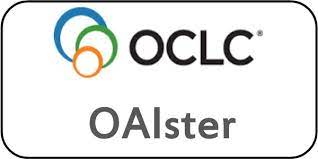A Demographic and Etiological Study of Dyspepsia Patients Presenting to a Rural Hospital in South-West Rajasthan
Keywords:
Dyspepsia,, Helicobacter pylori, South-West Rajasthan, UGIE, RUTAbstract
Introduction: Dyspepsia is one of the most common complaints of patients coming to a hospital causing great economic
and social burden over a society. A proper understanding of its causes in a specific region can greatly help in reducing
the cost of healthcare and in increasing productivity. Material and methods: A total of 128 patients were included in the
study. Proper history-taking, physical examination and relevant investigations including upper gastrointestinal endoscopy
(UGIE) + rapid urease test (RUT) and ultrasound abdomen were done to evaluate the causes of dyspepsia. Rome III diagnostic
criteria-based questionnaire was used to find out functional dyspepsia. Results: Amongst the various causes of dyspepsia,
gastroduodenitis was the most common cause of dyspepsia (89%), out of which 77.2% were Helicobacter pylori positive, and
as many as 22.8% were H. pylori negative. On the other hand, of all the patients who were H. pylori positive (total 91 patients,
i.e., 71.1%), 96.7% (88 out of 91) patients had gastroduodenitis and/or peptic ulcer disease. Functional dyspepsia was found
only in 8.6% patients. Majority of patients (60.2%) consumed drinking water from reverse osmosis supply. UGIE could lead
to a definitive diagnosis in as many as 91.5% cases. Conclusion: In the South-West Rajasthan region, H. pylori infection has a
strong correlation with gastroduodenitis and peptic ulcer disease although all gastroduodenitis patients may not be H. pylori
positive. Functional dyspepsia is not a very common entity in this region. In our study, reverse osmosis water seems to
provide no protection from dyspepsia.
Downloads
Published
Issue
Section
License
All open access articles published in IJCP are distributed under the terms of the CC BY-NC 4.0 license (Creative Commons Attribution-Non-Commercial 4.0 International Public License). This license permits unrestricted use, distribution, and reproduction of the articles in any medium for non-commercial purposes, provided that: The original authorship is properly and fully attributed. The IJCP is cited as the original place of publication with correct citation details. If an original work is reproduced or disseminated in part or as a derivative work, this must be clearly indicated. No articles are reproduced for commercial use without prior consent from the IJCP. All licensing requests and permissions for commercial use will be managed by the Publisher.










